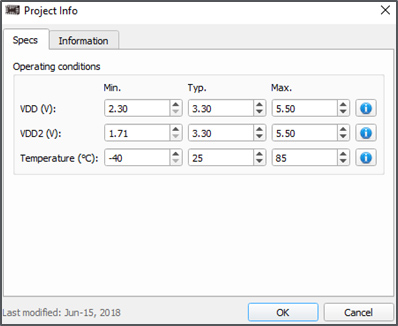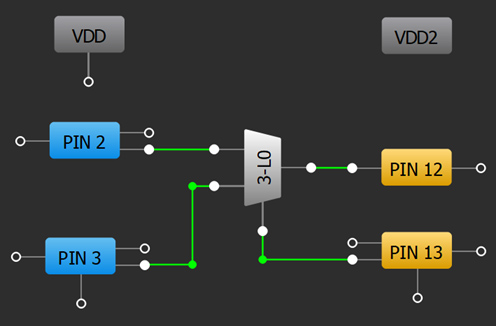- 雷电竞官网登录
- Power Management
- rayapp
- L竞技
- Sensors
- Lighting
- Custom Mixed-Signal ICs (ASICs)
- Power Conversion
- Power Switching
- Memory
- Silicon IP
- GreenPAK Configurable Mixed-Signal
- Timing
- Communications
- IO-Link
- Industrial and Automotive ASICs
- Industrial Edge Computing
- IOX Expansion Module
- IzoT Commissioning Tool (CT)
- IzoT Net Server
- IzoT SDK 2
- IzoT ShortStack SDK
- LNS DDE Server
- LON Upgrade
- LonScanner FX Protocol Analyzer
- Smart Edge Platform
- SmartServer IoT
- SmartServer IoT™ Partner Program
- SmartServer™ IoT Edge Server
- U10 USB Network Interface
- U20 USB Network Interface
- U60 DIN USB Expansion Modules
- U60 FT USB Network Interface Module
- U70 PL-20 USB Network Interface
- Current Control
- Motor Control
- Display
- Modules
- Longevity Program
- Product Selector
- Document Search
- 雷竞技安卓下载
- Application Solution Diagrams
- Connected Health
- Connected Consumer
- Connected rechargeable E-cigarette
- True Wireless Stereo
- USB Type-C ANC Headset
- Beacon, Tracker, Findable
- DECT Ambient Noise Cancellation (ANC) Headset
- Rechargeable E-Cigarette
- Game Controller
- Feature-rich Rechargeable E-Cigarette
- Rechargeable Game Controller
- Bluetooth ANC Headset
- Toothbrush
- Electric MP3 toothbrush
- Voice RCU
- Animal Tracker / Location Tracker
- POS Terminals
- Wall-to-Battery & Direct Charging
- Smart Home
- Smart Appliances
- Industrial & Infrastructure
- Smart Lighting
- Wearables
- Configurable Mixed-signal IC Solutions
- Smart Home
- Home Appliances
- Networking
- Automotive
- Industrial
- Smart Meters
- SoC PMIC Solutions
- Communications
- Connected Medical
- Transportation
- Application Solution Diagrams
- Support
- 雷电竞下载app
You are here
Level Shifting

Level Shifting
Communication Protocols Technique
This technique will work with any GreenPAK that has dual voltage rails, such as the SLG46826V.
Often in a system-level design it’s necessary to combine the data from two signals that operate at different voltage levels. For example, the analog rails in a system might operate at 5.0V while the digital rails operate at 3.3V.
Many GreenPAK ICs solve this problem by using dual voltage rails: signals that operate at different rails can be input into the GreenPAK, manipulated, then output from the GreenPAK at either of the voltage rail levels.
When starting a new GreenPAK Designer design using a dual rail part you’ll be asked to input the voltage range of both rails (Figure 21). The available ranges of both rails will vary from part-to-part. The higher voltage rail should be designated as VDD, not VDD2.

Figure 21 Dual Rail Project Info
In dual rail parts the GPIO connections to the first and second rails are indicated by the color of the IO PIN within GreenPAK Designer (Figure 22). VDD will be indicated by blue pins and VDD2 will be indicated by amber pins. Once inside the GreenPAK matrix the signals from the different voltage levels will behave identically.

Figure 22 Dual Rail Logic Example